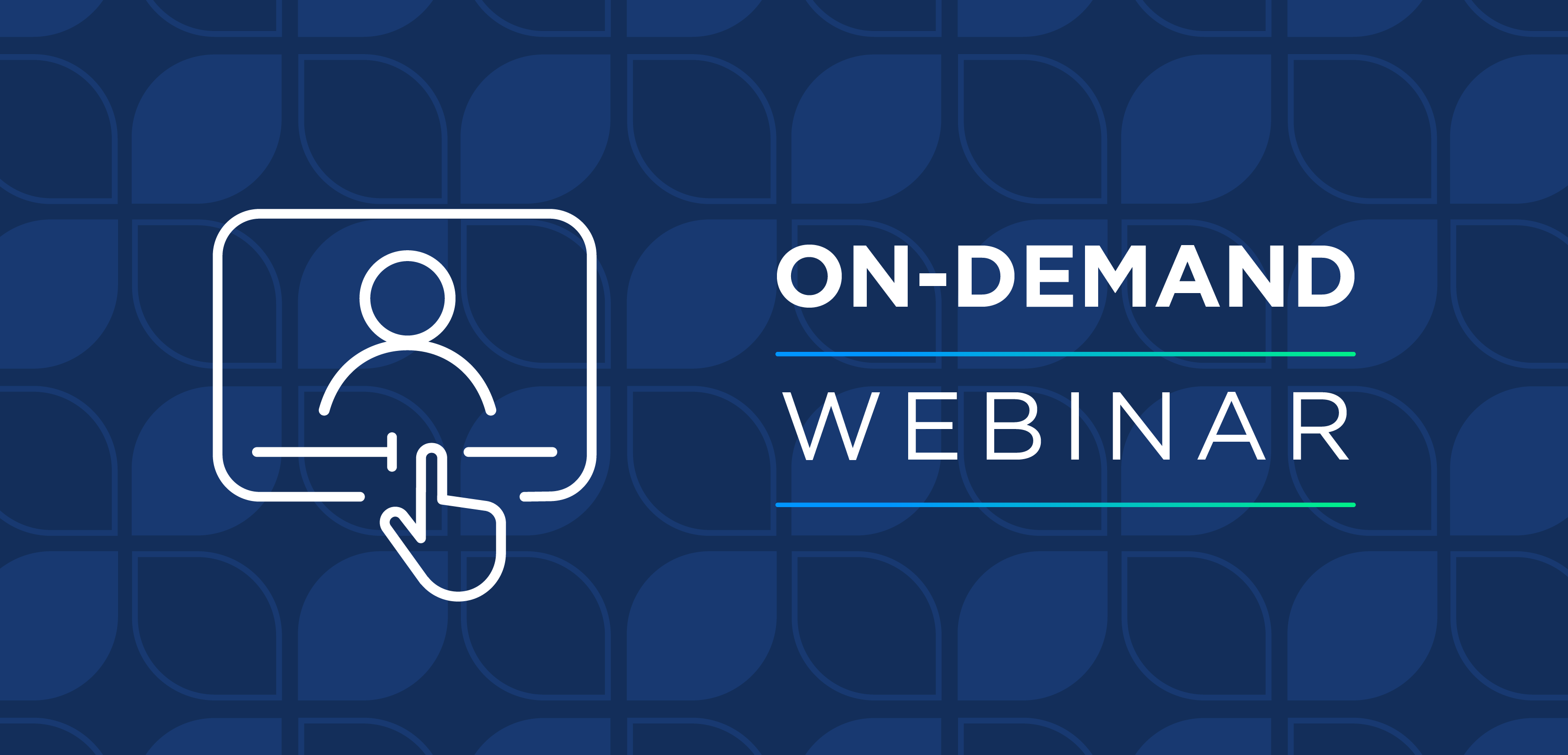
Naloxone Training Varies at Independent, Chain Pharmacies
Researchers identified differences in naloxone training, policies, procedures, and preferences among chain or independent pharmacies across Alabama.
Despite a majority of pharmacists reporting receipt of naloxone training, there were significant differences in training between independent and chain pharmacists, according to a study published in Drug and Alcohol Dependence Reports.1 The key differences between chain and independent pharmacists in naloxone training were the topics covered, types of training formats, and mandated trainings.
“Opioid misuse remains a major public health crisis globally and in the United States, with around 60 million individuals with past opioid use worldwide. In the United States, there were 125 million prescriptions written in 2023 and nearly 107,000 overdose deaths annually,” wrote authors of the study. “This epidemic underscores the important role of US pharmacies, which are highly accessible and positioned to engage directly with communities.”
Among multiple public health emergency events—such as the COVID-19 pandemic—pharmacists have established themselves as valuable providers to communities across the country. Community pharmacies are the most accessible health care destination in the US as over 90% of all Americans live within a 5-minute drive of one.2
READ MORE:
The current study is just one example of the increased services pharmacies have provided amid the ongoing opioid crisis in the US. Since the FDA’s approval of over-the-counter naloxone (Narcan)1 and the expansion of pharmacists’ buprenorphine prescribing abilities,3 pharmacists have been uniquely positioned as health care providers with heightened capabilities in addressing the opioid epidemic.
“While a great deal of progress has been made in the role of the pharmacist in supporting individuals with opioid use disorder (OUD) in the last 2 decades, pharmacists must seek to invest time and resources into practices with a strong evidence base to better mitigate the growing, devastating impact of the opioid crisis,” wrote authors of a study published in Substance Abuse and Rehabilitation.4
But despite the expansion of pharmacy services and pharmacist prescribing abilities, their knowledge of overdose-reversing agents and approaches to combat the opioid crisis are of the utmost importance. Researchers of the current study focused on pharmacists’ education of naloxone use and the training that informed their knowledge of this life-saving therapy.1
Specifically, researchers wanted to better understand pharmacists’ knowledge based on the type of pharmacy location they worked at—either a corporate-owned chain pharmacy like CVS or a community pharmacy owned by a single proprietor or small group.
“A greater understanding of potential disparities in the naloxone training landscape across pharmacy settings may lead to identification of opportunities for enhancement of pharmacist-led opioid harm reduction efforts that can be leveraged in future studies,” continued authors of the study.1 “Therefore, this study aims to explore differences in naloxone training, policies, procedures, and preferences between corporately-owned and independently-owned pharmacies in Alabama.”
Researchers conducted an online survey featuring a total of 64 responses (37% women; 95% White; average age, 42 years). Among these responses, the outcomes that they explored included in-house versus outsourced naloxone education/training topics, naloxone training preferences, and perceived usefulness of naloxone education sources. Respondents included a total of 42 (65.63%) chain pharmacists and 22 (34.38%) independent pharmacists.
In their comparison of independent and chain pharmacists, researchers discovered that naloxone training was significantly more established at corporate-owned chain pharmacies. “Less pharmacists received naloxone training, naloxone education mandated by employers, and mean in-house naloxone education topics in independent versus chain pharmacies,” they wrote.1 “Most independent and chain pharmacies preferred naloxone training in an online self-study format.”
While mostly all survey respondents reported receipt of naloxone training, the main contrast between type of pharmacy location was the mandated naloxone training required at chain pharmacies. Independent pharmacists were significantly less likely to receive mandated naloxone training materials or programs.
“This highlights a clear policy difference between chain and independent pharmacies,” they continued.1 “This finding may affect the quality of naloxone education for patients, as studies have shown that mandated training can enhance pharmacists' confidence and willingness to dispense naloxone.”
With the issue of opioid use and substance use disorder in Alabama specifically, this study could be used to inform other states looking to enact policies that will further combat the opioid epidemic within their respective jurisdiction. Future research may explore how naloxone training can reach more pharmacists, whether they are in a chain or independent pharmacy location.
“Standardization of training protocols and enforcement of mandatory training before dispensing naloxone would potentially result in a greater amount of naloxone dispensed, as well as deeper patient understanding and satisfaction with naloxone counseling. Future efforts should focus on implementing standardized naloxone training protocols in Alabama’s community pharmacies to improve the quality and consistency of education,” concluded the authors.1
READ MORE:
Are you ready to elevate your pharmacy practice? Sign up today for our
References
1. Blythe E, McCormick N, Woods S, et al. Naloxone training programs in corporately-owned versus independently-owned Alabama community pharmacies: a pilot cross-sectional survey. Drug Alcohol Depend Rep. 2025 Mar 28;15:100326. doi: 10.1016/j.dadr.2025.100326.
2. Berenbrok LA, Tang S, Gabriel N, et al. Access to community pharmacies: a nationwide geographic information systems cross-sectional analysis. JAPhA. 2022;62(6):1816-1822. https://doi.org/10.1016/j.japh.2022.07.003
3. Adams JA, Chopski NL, Adams AJ. Opportunities for pharmacist prescriptive authority of buprenorphine following passage of the Mainstreaming Addiction Treatment (MAT) Act. JAPhA. 2023;63(5):1495-1499. https://doi.org/10.1016/j.japh.2023.06.001
4. Kosobuski L, O'Donnell C, Koh-Knox Sharp CP, et al. The role of the pharmacist in combating the opioid crisis: an update. Subst Abuse Rehabil. 2022 Dec 28;13:127-138. doi: 10.2147/SAR.S351096.
Newsletter
Pharmacy practice is always changing. Stay ahead of the curve with the Drug Topics newsletter and get the latest drug information, industry trends, and patient care tips.

















































































































